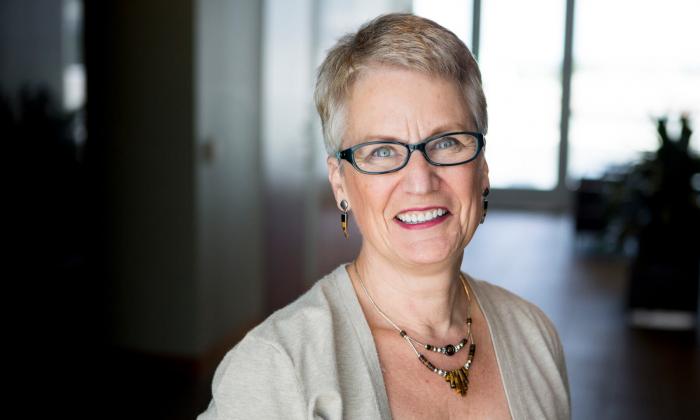Parents struggle with decisions every day about how to keep their children safe while encouraging them to grow. Is it too soon to remove the training wheels from the bike? To let him cross the street by himself? To let her drive without supervision? It’s the greatest challenge parents face: fighting that urge to protect their young ones at all costs, yet giving them wings to fly.
The hunger for autonomy—or agency, empowerment, independence—starts early in life and continues to the very end. How often, though, do those of us charged with the care of others make autonomy our first priority?
While reading Atul Gawande’s Being Mortal recently, I was struck by the irony that, once grown, children face the same dilemmas in caring for their aging parents that parents faced in caring for them. Sadly, few of us put much premium on autonomy for the elderly. Gawande argues that most assisted-living facilities and nursing homes rob senior citizens of their right to “shape their own lives,” prioritizing instead the goal of keeping them from harm.
Parents, grown children and educators all face a balancing act that keeps vulnerable lives safe while, to use Gawande’s phrase, sustaining their meaning. Thinking about the choices, I drew a square with two axes—security and agency—and divided the box into quadrants.
 In the lower-left quadrant, there is neither security nor the ability to freely make individual choices. Being a foot soldier in a war might belong here. Moving right, autonomy increases but security doesn’t: Think of drunk drivers. Safety is maximized in the upper left, but there’s little autonomy. That’s the quadrant in which Gawande would place the experience of living in many nursing homes.
In the lower-left quadrant, there is neither security nor the ability to freely make individual choices. Being a foot soldier in a war might belong here. Moving right, autonomy increases but security doesn’t: Think of drunk drivers. Safety is maximized in the upper left, but there’s little autonomy. That’s the quadrant in which Gawande would place the experience of living in many nursing homes.
Of course, we all want to live in that upper-right quadrant, where both security and agency are greatest. So do our students. The job of educators is always to move students further up and further to the right and, of course, to create learning environments that occupy that northeast quadrant.
I had this drawing in front of me as I reviewed the final proof of this issue, and began imagining where each story would fit.
“The chance to shape one’s story is essential to sustaining meaning in life.”
Atul Gawande, Being Mortal: Medicine and What Matters in the End
Some are easy: Locked educational facilities, for instance, land in the upper left.
For some students of color, on the other hand, attending a school named for a founder of the Ku Klux Klan might feel distinctly unsafe. Put that one on the bottom half.
Donning stereotypical cultural costumes in the name of school spirit nudges a school into the bottom, too, but what about dressing in solidarity to show support? Move it up.
And what about schools where police are omnipresent? They’re secure, but at what price?
Where do the experiences we offer our students land on the square? Schools must, of course, be safe. But our duty is to help young people grow, make decisions, feel free and figure out how to shape their own stories.
Do our schools allow that? Does your classroom?
—Maureen Costello
CORRECTION
Our Spring Staff Picks review of The Fog Machine incorrectly identified one of the book’s protagonists, C.J. Evans, as a young white woman. In fact, C.J.’s character is African American.


0 COMMENTS